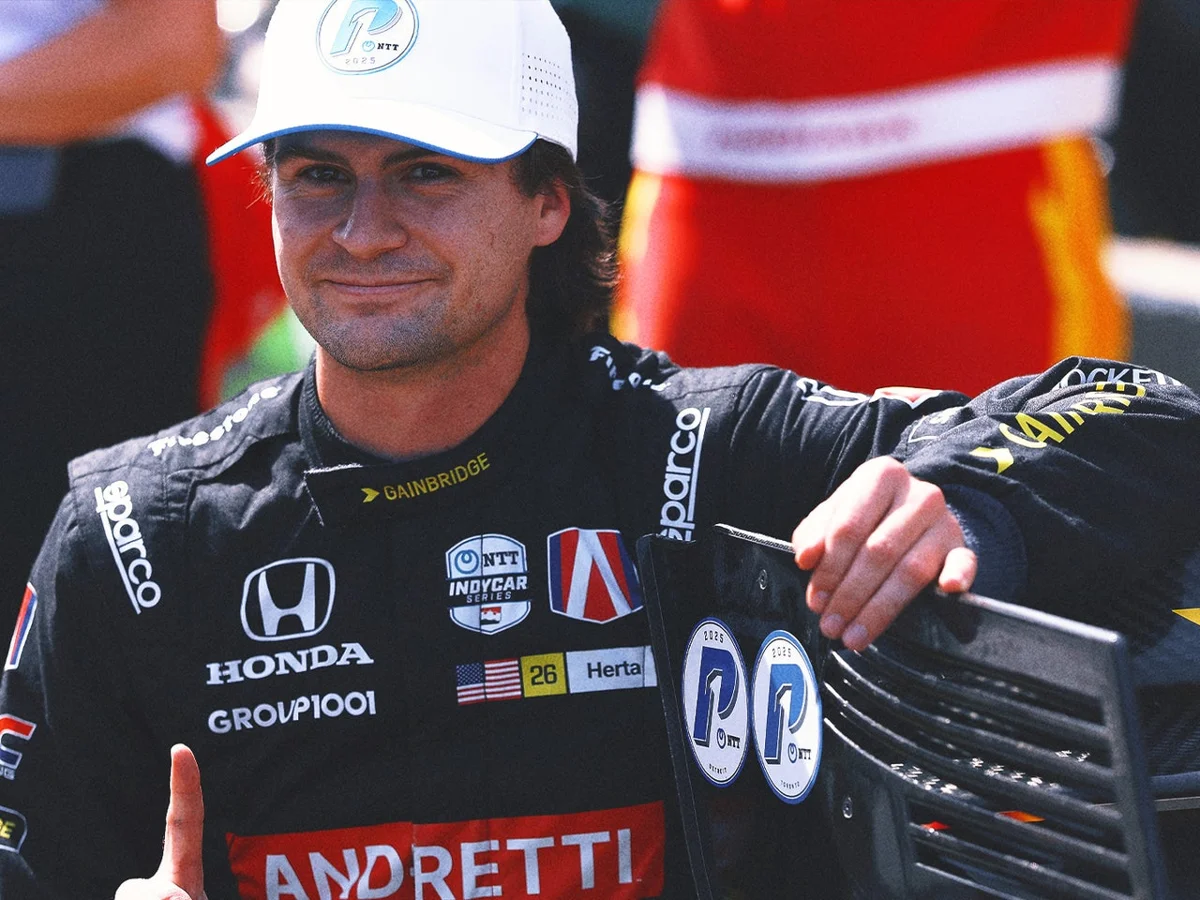Alexander Rossi, the 2016 Indy 500 champion, has cautioned Colton Herta about the challenges involved in moving from IndyCar to Formula 2 (F2) in pursuit of a Formula 1 (F1) career. As speculation grows about Herta’s potential F2 switch in 2026, Rossi highlighted the complexities of securing an FIA Super Licence, a mandatory credential for F1 eligibility, and the political dynamics within European motorsport where F2 operates.
The FIA requires drivers to accumulate 40 points within three years prior to entering Formula 1. Because IndyCar is not sanctioned by the FIA, it offers fewer Super Licence points compared to European motorsport series like F2, making it harder for drivers like Herta to qualify directly for F1. Given Herta’s status as IndyCar’s youngest race winner and runner-up in the 2024 championship, he faces a tough road to meet the points threshold without switching to the European ladder.
Challenges in Gaining F1 Qualification Through F2 for Non-European Drivers
The FIA’s points system favors results earned in FIA-sanctioned championships, which places drivers competing primarily in North America, such as Colton Herta, at a disadvantage. Herta’s impressive achievements with Andretti Global—inclusive of his historic status as IndyCar’s youngest winner—do not translate into enough Super Licence points to meet the FIA’s minimum.

Alexander Rossi, currently racing for Ed Carpenter Racing and experienced in European junior formulas including F3 and F2, as well as a brief stint in F1 with Manor Marussia, shared insights into the nuances of the European racing scene. Speaking about Herta’s rumored switch, Rossi told Indy Star,
“Yeah, I mean it’s European racing, so there’s a lot of politics that go into it. They make sure that the people they want to succeed, succeed. That’s part of the formula over there, but I also think everyone knows and understands that.”
—Alexander Rossi, Ed Carpenter Racing driver
Herta’s pathway to F1 was conditioned on finishing fifth or better in the 2025 IndyCar standings to secure the FIA-required 40 points. Despite interest from Cadillac, which is considered a strong candidate for his F1 destination, Herta currently ranks outside the top five, making a straightforward move to F1 in 2026 unlikely based solely on his IndyCar results.
Colton Herta’s Reaction to Speculation About an F2 Transition
Questions regarding his possible departure from IndyCar to join F2 have been met with cautious but firm responses from Herta. Ahead of the 2025 season finale at Nashville Superspeedway—a venue where Herta secured a win the previous year—he dismissed rumors that the race would be his final one in IndyCar, emphasizing his current dedication to the series.
When asked by reporter David Land if the Nashville race would be his last in IndyCar before switching to F2, Herta replied,
“No, it’s not my last IndyCar race. There’s a lot of stuff that I just don’t even have an interest in talking to people about at the moment, you know, especially since we are here in Nashville, and you know, we’re at a place I won last year. So that’s got to be the goal for me right now. It’s just going to be focused on IndyCar and what Nashville has entailed for us.”
—Colton Herta, Andretti Global driver
Possible Implications of the F2 Move on Herta’s F1 Ambitions
If Herta opts to enter F2, the decision would be driven not only by the need to secure the FIA Super Licence points but also by interest from an F1 team, Cadillac or another organization, willing to sign him. The Super Licence alone does not guarantee a place on an F1 grid, and the complicated environment of European motorsport politics makes the leap from a non-European series risky.
Herta’s situation underscores the broader difficulties faced by American drivers aiming to break into Formula 1, revealing how regulatory frameworks and regional biases shape career options. The upcoming IndyCar finale and the 2026 season will be pivotal in determining whether Herta remains in IndyCar or attempts the uncertain transition to F2 as a stepping stone to F1.
